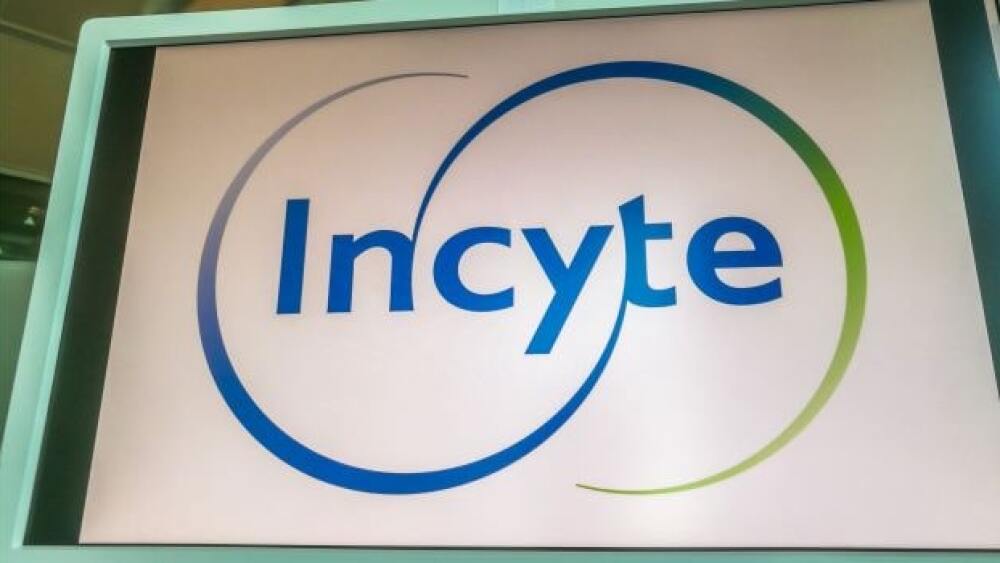The action data was extended by the agency to provide more time to review new data analyses submitted by Lilly, per information requests made by the FDA.
Eyesonmilan.Shutterstock
The U.S. Food and Drug Administration (FDA) has extended a review period for Eli Lilly and Company and Incyte’s supplemental New Drug Application (NDA) for baricitinib, a treatment for moderate-to-severe atopic dermatitis (AD). The action data was extended by the agency to provide more time to review new data analyses submitted by Lilly, per information requests made by the FDA.
“We look forward to continuing to work closely with the FDA to bring baricitinib to patients living with moderate to severe AD,” said senior vice president and president of Lilly Bio-Medicines, Ilya Yuffa, in a statement. “We remain confident in baricitinib and believe it has the potential to be an effective new treatment option for these patients.”
Baricitinib is an oral Janus kinase (JAK) inhibitor that was discovered by Incyte and later licensed to Lilly. Ongoing research is investigating the use of baricitinib in adult and pediatric AD, alopecia areata, systemic lupus erythematosus, juvenile idiopathic arthritis, coronavirus disease 2019 (COVID-19) and rheumatoid arthritis (RA), an approved indication for the therapy.
The FDA previously granted Breakthrough Therapy designation for baricitinib for the treatment of AA. In early March 2021, Lilly and Incyte announced its Phase III BRAVE-AA2 trial found that once-daily baricitinib at 2 mg and 4 mg led to significant improvements in scalp hair regrowth compared with placebo after 36 weeks of treatment in patients with AA. According to the results of the trial, the safety outcomes related to baricitinib were reportedly consistent with its established profile in RA and AD.
Additionally, findings from the late-stage 1,033-patient ACCT-2 trial, which were announced last year, showed baricitinib reduced the time to recovery in patients with COVID-19 within 29 days when added to Gilead Sciences’ remdesivir. These data led the FDA to grant Emergency Use Authorization for the baricitinib and remdesivir as a treatment combination for hospitalized patients with COVID-19 who require supplemental oxygen or ventilation.
The dual treatment regimen was authorized for patients two years of age and older with “suspected or laboratory confirmed COVID-19 who require supplemental oxygen, invasive mechanical ventilation, or extracorporeal membrane oxygenation (ECMO).”
The FDA also recently extended the priority review period of an NDA for Pfizer’s abrocitinib, another oral small molecule and JAK 1 inhibitor for the treatment of moderate-to-severe AD in adolescents and adults. Positive top-line results from the Phase III JADE REGIMEN study, announced late last year, showed that treatment with abrocitinib was associated with fewer disease flares in patients with moderate-to-severe AD compared with placebo over 40 weeks.
Additionally, the agency extended the review period by up to three months for supplemental NDAs for XELJANZ® (tofacitinib), a treatment for active ankylosing spondylitis. In January, Pfizer shared that the primary endpoints of non-inferiority of tofacitinib compared with tumor necrosis factor inhibitor (TNFi) in regard to major adverse cardiovascular events and malignancies were not met in a post-marketing safety study of tofacitinib in patients with RA aged 50 years of age and older with at least one cardiovascular risk factor.
Currently, Pfizer’s tofacitinib is approved in the U.S. for adults with moderately to severely active rheumatoid arthritis following methotrexate failure, adults with active psoriatic arthritis after failure with disease modifying antirheumatic drugs, adults with moderately to severely active ulcerative colitis following TNFi failure and patients two years of age or older with active polyarticular course juvenile idiopathic arthritis.





